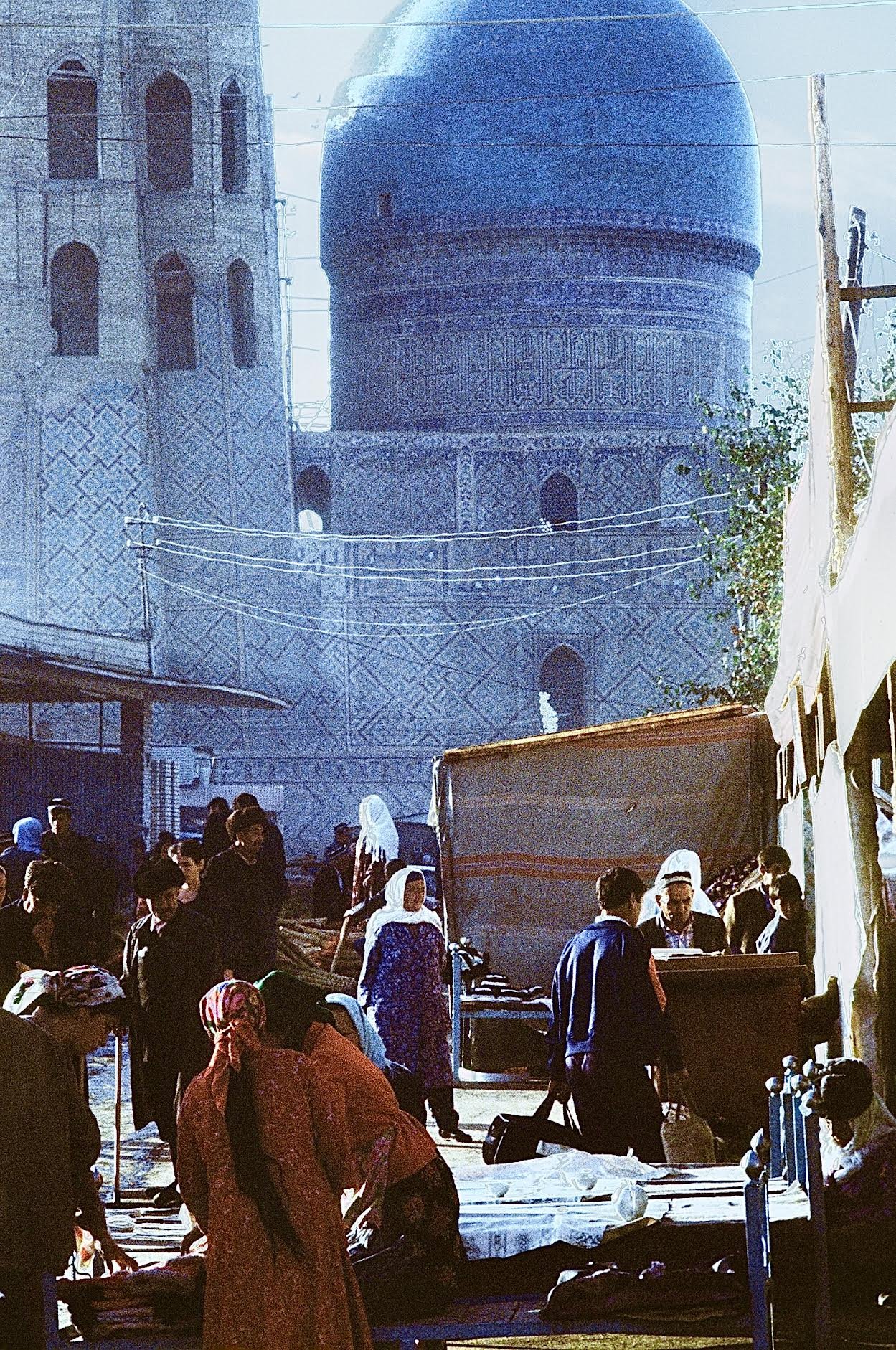Human’s Tomb Delhi, India
Common prayer
The camera is an extremely subjective tool: The camera’s photographs are not objective: It is the eyes behind the camera that see what should be framed: those eyes can never see the entirety of what is in the frame: That frame is a funny truth: The truth can be mesmerizing.
Sometimes I hear the sounds of prayer: Sometimes I imagine the prayers are about salvation, hope and desires. I don’t know why I think this way? But why not.
I stand alone armed to expose what I see: Sometimes I will shoot the sounds that I may see: A mass of congregants can seem quite like John Schlesinger’s finale in “Day of the Locust”: or maybe like Terrence Malik’s pageantry of lonely willows of grass in need of company in “Days of Heaven”.
On more days than I would like to remember I have been truant from what I may call my photography regimen: I am lured sometimes by the sounds I do not hear but know they are to be heard. I merely imagine what billions of people are attracted to. I begin to feel a tonnage of guilty pleasures as I am trespassing into houses of prayer: I have no intention participating with the gods, priests or rabbis: I just want to photograph the sounds.
The Blue Mosque Istanbul, Turkey
I have traveled to hundreds of cities with the intentions of photographing urban landscape and the voices who have created the way a city looks today: Imagined sounds of prayer touch my eyes: I am lured across cities and continents to where billions before me have gone: My camera travels past the native grounds of the Navajo: The churches that dominate Sugar Hill in Harlem, the synagogues of Florence Italy: The mosques of Istanbul: The temples of India and the gatherings in Samarkand and Bukhara. I have stood before Rafael Moneo’s Cathedral of Our Lady of the Angels in Los Angeles: I have gazed across 155th street in Harlem at the Greater Files Chapel Baptist: The Oldest Synagogues in New York wait for my return on Yom Kippur: Central Asia listens for when the American will return. I have photographed the kingdoms of prayer: The “houses” are not always about the greatness to behold but the beauty of the moment: the beauty of the travel: the beauty of merely being somewhere that offers a place to dream. I have made places of prayer an entire narrative: A volume of architectural world history.
Samarkand, Uzbekistan
Houses of prayer are more than curiosities of light and scope: the buildings are equally among the most and least conspicuous vivid examples of religions realm: To own a camera that travels the planet: To have a camera that can bear up to the eyes that ask “why is that camera pointed at me” is a an enjoyment that needs no explanation merely a smile.
An infinite amount of snaps are heard as I pace between the shadows and lights that make my photography: I live and harbor dreams inside of an emotional pendulum that play tricks on my memories and my realities:
Jewish Synagogue Florence Italy
There is no snippety-snap-snap when I am making these pictures: the houses of prayer devote their space to the practitioners and congregants. I point my lens: light and shape that reflects my capture. There is an empowerment to see: I often dance naked on top of whales of the seven seas: I celebrate: I acknowledge that I will never breathe long enough to see enough.
“Oh Lord, please don’t let me be misunderstood”.
Nina Simone




